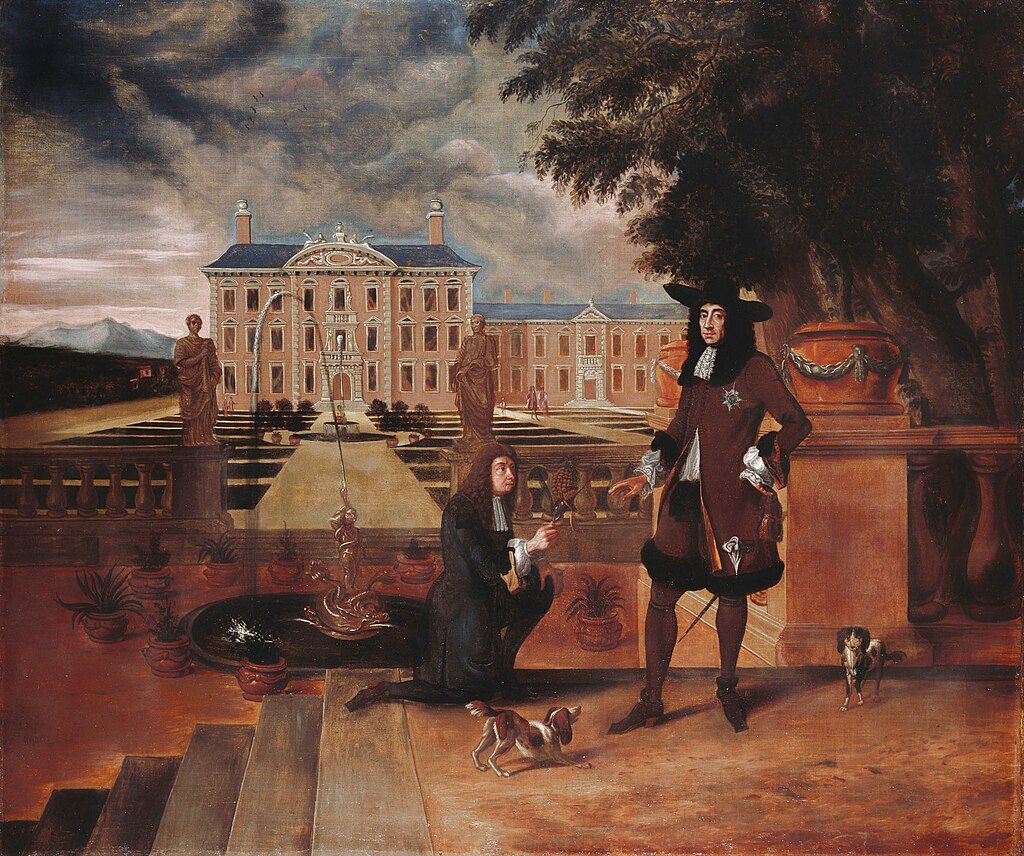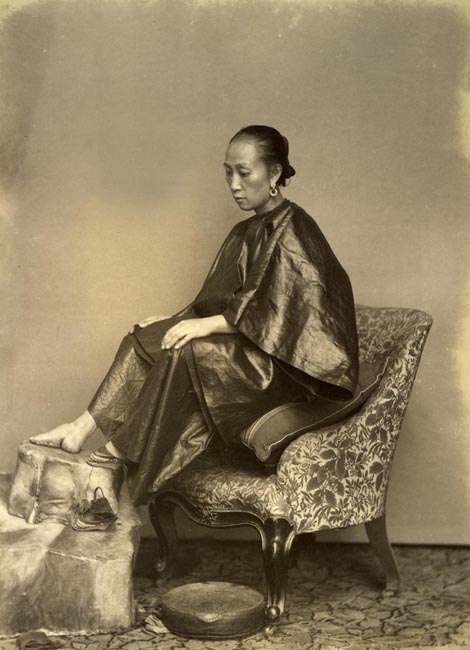
People often enjoy showcasing their social status, ensuring that those around them are impressed by their position. While titles are one of the most common status symbols, they won’t let someone know at a glance that they should admire another party. That’s where some other status symbols come into play. Various objects at different points in time were associated with the elite, allowing someone to tell if someone was worthy of admiration. While some status symbols make a bit of sense, even today, others were outright bizarre. Here’s a look at ten odd status symbols throughout time.
1. Mummies
During the Victorian era, Egyptomania gripped many richer households. One way that they expressed their appreciation for Egypt was to buy a mummy, which they would then display in their houses.
The exceptionally wealthy even went further, hosting unwrapping parties. There, guests would get to watch as the corpses were unveiled.
2. Pineapples

While pineapples are widely available across most of the globe today, thanks to advances in transportation and logistics, that wasn’t the case a few hundred years ago. The BBC reports that, as a result, Europeans considered pineapples to be an incredible luxury, turning them into a status symbol.
It wasn’t uncommon for buyers to simply display the pineapple instead of eating it. As a result, they would eventually rot where they sat.
Additionally, it was possible to rent pineapples for parties. In those cases, they were décor items, simply used to show that the household had the ability to get one for the occasion.
3. Crakows
Crakows were a type of shoe that became popular in the 15th century in Europe. They were incredibly impractical, featuring long, extended toes that went anywhere from a couple of inches to 20 inches or more past the end of a person’s foot. The long toe was simply a fashion statement, though some associated longer lengths as a sign of the increased “masculinity” for the wearer.
Eventually, lawmakers stepped in, limiting the length of the toe. As a result, the status symbol soon became less popular.
4. Follies

A folly is essentially a fake castle ruin. The large structures were popular in the United Kingdom from the 18th through the 19th centuries, serving no other purpose than to display a person’s wealth or be a site for party games or similar kinds of entertainment. You can find a list of interesting follies here.
5. Gout
While it may be hard to imagine that a painful medical condition could be considered a status symbol, that was the case during the 19th century. Gout was considered a rich man’s disease because it was associated with the kind of over consumption that would only be possible among wealthier classes during the period.
6. Bound Feet

Foot binding was a painful process that young women would undergo in China. It led to significant deformities, often ensuring the foot was never more than around three inches long.
The end result – which was called “lotus feet” – were considered highly desirable traits, including into the early 20th century. However, the practice was banned in 1912, preventing others from taking part in the tradition.
7. Board Games
While board games are commonplace today, that wasn’t always the case. Instead, they were once used as gifts that highlighted status. Many featured carefully crafted, handmade pieces made from high-cost materials. As a result, they were associated with richer people.
8. Sugar

Sugar was once a status symbol during the Middle Ages. As a result, households would create displays featuring sugar sculptures, which were called subtleties. The subtleties were designed to look like buildings, animals, and people. Additionally, they were edible, often ending up as part of an opulent meal for high-valued guests.
During Victorian times, sugar led to another status symbol: blackened teeth. Rotting teeth were considered a sign that you could afford sugar, so people would color their teeth to mimic the look of decay. Source: Gizmodo.com.
9. Hermits
Some European nobles would hire “hermits” to live on their properties. Along with showing that they could afford to bring in another person, they would have the person assume the role of a stereotypical hermit. That would include having poor hygiene standards and preaching at visitors or even scaring guests who were exploring a folly.
10. X-Rays

During the early 20th century, x-rays were treated as a novelty. According to MSN.com, people were enthralled with the idea of being able to see their skeletons, causing many to get x-rays solely for the purpose of showing off the resulting image. Since interest in the technology was so high, owning your own x-ray machine was often viewed as a status symbol. Later research would reveal that x-rays in high doses were harmful to your health and their popularity waned.
What Makes A Status Symbol?
Briefly put: a status symbol shows status because of its relationship to social class.
A status symbol is generally considered to be an object that signifies the owner’s high social or economic standing. What determines a status symbol has changed with time and cultural context. However, one intriguing explanation for what makes a status symbol is offered by the late American sociologist Thorstein Veblin. Veblin argued that in all contexts, status items conveyed status because they suggest the owner of the item was a member of the upper class – and in the case of fashion, that the person did not do manual labor.
Read More:
- What Are the Common Traits of Millionaires?
- 9 Habits of Wealthy People That You Should Follow
- 4 Financial and Legal Drawbacks of Becoming a Millionaire
Do you know of any other odd status symbols throughout time? Share your thoughts in the comments below.

